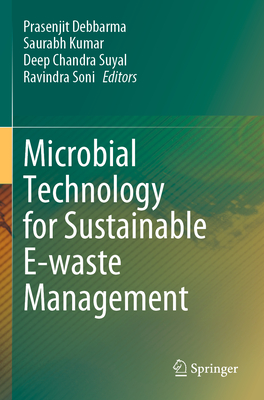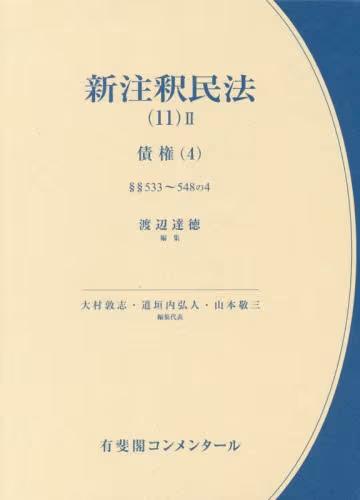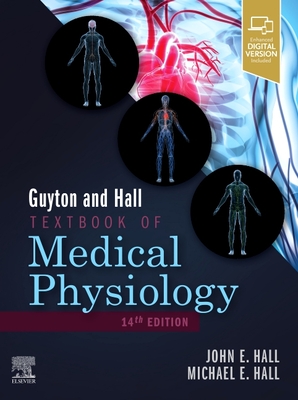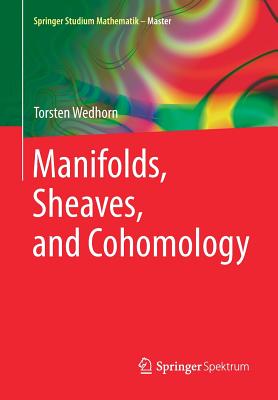
Microbial Technology for Sustainable E-waste Management
适合可持续电子废物管理的微生物技术
生物工程售 价:
¥
1432.00
发货周期:国外库房发货,通常付款后3-5周到货!
出版时间
2024年03月02日
装 帧
平装
页 码
352
语 种
英文
综合评分
暂无评分
- 图书详情
- 目次
- 买家须知
- 书评(0)
- 权威书评(0)
图书简介
This book, besides discussing challenges and opportunities, will reveal the microbe-metal interactions and strategies for e-waste remediation in different ecosystems. It will unveil the recent biotechnological advancement and microbiological approach to sustainable biorecycling of e-waste such as bioleaching for heavy metal extraction, valorization of precious metal, biodegradation of e-plastic, the role of the diverse microbial community in e-waste remediation, genetically engineered microbes for e-waste management, the importance of microbial exopolysaccharides in metal biosorption, next-generation technologies, omics-based technologies etc. It also holds the promise to discuss the conservation, utilization and cataloging indigenous microbes in e-waste-polluted niches and promising hybrid technology for sustainable e-waste management.Revolution in the area of information technology and communication is constantly evolving due to scientific research and development. Concurrently, the production of new electrical and electronic equipment also thus uplifting in this era of revolution. These technological advancements certainly have problematic consequences which is the rise of huge amounts of electronic obsoletes or electronic waste (e-waste). Improper management of both hazardous and nonhazardous substances of e-waste led to a major concern in our digital society and environment. Therefore, a sustainable approach including microbial candidates to tackle e-waste is the need of the hour.Nevertheless, the continuous demand for new-generation gadgets and electronics set this high-tech evolution to a new frontier in the last few years. With this continuing trend of technological development, e-waste is expanding exponentially worldwide. In the year of 2019, the worldwide generation of e-waste was approximately 53.6 Mt, of which only about 17.4% of e-waste was collected and recycled, and the other 82.6% was not even documented. E-waste contains various heterogeneous waste complexes such as metals (60%), blends of many polymers (30%) and halogenated compounds, radioactive elements and other pollutants (10%), respectively. The sustainable, efficient, and economic management of e-waste is thus, a challenging task today and in the coming decades. Conventional techniques such as the use of chemicals, incineration and informal ways of e-waste dismantling trigger serious health risks and contamination to the human population and environment, respectively due to the liberation of toxic and hazardous substances from the waste. In this context, bio-candidates especially microorganisms could be sharp-edged biological recycling tools to manage e-waste sustainably. As microbes are omnipresent and diverse in their physiology and functional aspects, they offer a wide range of bioremediation.
本书暂无推荐
本书暂无推荐















